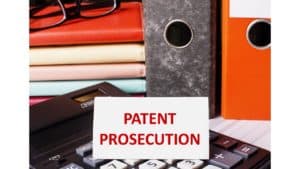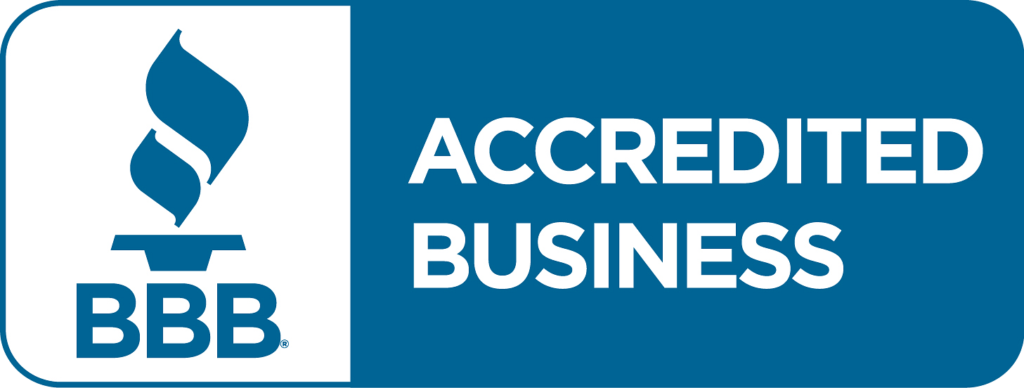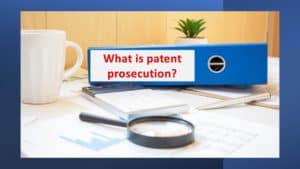What is patent prosecution?
Table of Contents
TogglePatent prosecution is an integral part of the U.S patent system, which starts after filing a nonprovisional patent application that includes arguing any claims you think are eligible for protection. The patent prosecution, also referred to as the examining stage, is the process during which an applicant/inventor and Examiner argue back and forth. The Examiner’s query is the Office Action, and the applicant/inventor’s answers and arguments are called responses. These arguments continue until they determine whether their invention falls within the necessary prerequisites before it can be patented (e.g., uniqueness and novel). Patent Examiners do extensive searches on prior art, which is often the bases for rejection; however, in the absence of supporting prior art references, the Examiners must allow the applicant/inventor to receive the patent.
When the Examiner agrees with your claims, he will approve your patent application. But if he disagrees, he will deny the claims saying that your invention is unpatentable. The next step in patent prosecution is filing an appeal in case your application is rejected. You can also request for reconsideration of your case, file an appeal of the final rejection, or request a continued examination to extend the examination period. For all options, please read my previous blog.
The Examiner can issue rejections if your application does not meet all patentability requirements. Before I discuss patent prosecution strategies, you need to understand rejections that the Examiner can issue during patent prosecution. Below I summarize various types of objections and rejections the Examiner can issue.
Patent prosecution, according to 35 USC § 112(a)
This requirement based on the principle detailed in the following is a quotation of 35 U.S.C. 112(a):
(a) IN GENERAL.—”The specification shall contain a written description of the invention, and of the manner and process of making and using it, in such full, clear, concise, and exact terms as to enable any person skilled in the art to which it pertains, or with which it is most nearly connected, to make and use the same, and shall set forth the best mode contemplated by the inventor or joint inventor of carrying out the invention.”
The specification of a patent must provide adequate support for all claimed features of your invention. If it does not, the Examiner can reject those claims as lacking adequate and proper support. Typically, patent applications contain drawings and written descriptions to demonstrate how any person with knowledge of the technical field of your invention can make and use your invention. This description and drawings must backup all claims in your application. Therefore, your invention’s aspects and features that you do not provide a clear depiction or description in the specification, you can not claim those aspects.
Patent prosecution, according to 35 USC § 112(b)
“second paragraph requires that a patent application specification shall conclude with one or more claims particularly pointing out and distinctly claiming the subject matter which the inventor or a joint inventor regards as the invention.”
Patent claims are an essential component of any patent application because they define the scope of protection a patent provides. USPTO Examiner will reject your claims if you fail to meet some legal requirements under 35 USC 112(b). Therefore, it’s vital to ensure your claims meet all formal requirements to be considered valid and non-ambiguous. Suppose your claims fail to meet these standards. In that case, USPTO Examiner may reject them, saying that particular language is unclear or indefinite, which could significantly reduce the chances of obtaining a patent.
Patent prosecution as detailed in the 35 USC § 101
The U.S. Patent law states that patents can only be granted for “any new and useful process, machine, manufacture, or composition of matter, or any new and useful improvement thereof.” According to courts, this law does not cover subject matter with any invention that attempts to claim a natural law (like gravity, for example), natural phenomenon (bacterial strains), or abstract idea (equations, software, algorithms, etc.). This rejection is also referred to as the subject matter patentability requirement. Read my previous blog pertaining to 101 rejections.
Patent prosecution as detailed in the 35 USC § 102
One essential legal requirement is that the invention must not have been previously disclosed in a “single prior art reference.” In other words, the invention must be new to be granted a patent. If an examiner finds that one prior art reference contains all the claimed elements, the application anticipates the invention, and the application will be rejected. Thus, it is essential to thoroughly search the prior art before submitting a patent application.
Patent prosecution as detailed in the 35 USC § 103
In this blog, I will help you understand what it means when you receive a 35 u.s.c. 103 patent obviousness rejection from the USPTO, your patent application is considered obvious in light of prior art. In other words, the USPTO Examiner believes that your invention would be obvious to someone skilled in the relevant art. Therefore, you must persuade the Examiner that your invention is not obvious to combat and overcome this rejection.
In part II, you will learn several arguments and rebuts to overcome and combat obviousness rejections. Still, one of the most effective is citing the Manual of Patent Examining Procedure (MPEP) 2143. This section of the MPEP sets forth the USPTO’s guidelines for assessing patients and is extensively used by patent Examiners.
What is patent obviousness rejection?
Most patent applications are rejected as obvious, so if you have received a rejection based on obviousness from the USPTO, don’t despair. There are ways to overcome this rejection and ultimately have your application allowed.
The obviousness rejections mean that the Examiner believes what you have, as set forth in the claims in the patent application, would have been obvious to a person of ordinary skill in the art when you filed your application. The rejection can be due to one or more prior art references—publicly available documents before your priority date (your first filing date). The Examiner’s rejection statements that a person skilled in the art would have found it obvious to modify teachings of recited prior art references. In other words, the Examiner’s rejection reads as if a person with knowledge in the technical field of your invention would have known the modifications needed to achieve your invention.
How do you determine patent obviousness rejection?

Prima facie obviousness
The Examiner must follow a specific procedure to determine a prima facie (at first face or appearance) case of obviousness required for obviousness rejection. First, the Examiner must step back in time and into the shoes of the hypothetical person of ordinary skill in the art (i.e., any person with knowledge of the invention’s technical field) when the invention was unknown, i.e., the critical time would be just before the effective filing date of the patent application. He must make factual inquiries and findings of the scope and content of the prior art, the differences between the prior art and the claimed invention, and the level of ordinary skill in the art, Graham v. John Deere Co., 383 U.S. 1 (1966).
After the Examiner has found related prior art, he must determine two significant issues. First, establish that a skilled inventor would have had some motivation to combine the prior art teachings. Second, the skilled person must have some indication of reasonably expecting success to achieve the claimed invention. If the Examiner can not make a case for these requirements, he can not make an obvious rejection, Intelligent Bio-Systems, Inc. v. Illumina Cambridge, Ltd, 821 F.3d 1359, 1366-68 (Fed. Cir. 2016).
When considering if an invention is obvious, the courts look at whether a person of ordinary skill in that field would have come up with the claimed invention independently when considering the teachings of the prior art as a whole. According to the Supreme Court, the Examiner must articulate a reason as to why the claimed invention would not have been obvious to someone skilled in that field at the time of filing the patent application, K.S.R. International v. Teleflex Inc., 127 S. Ct. 1727 (2007). Also, the Federal Circuit Court of Appeals has held that the Examiner must only consider claimed invention. Therefore, the Examiner may only view the claimed invention and prior art and the accepted knowledge in the field at the time or before the filing date of your application.

Overcoming patent obviousness rejection
In part II, I will discuss details of several patent prosecution strategies, arguments, and rebuts to overcome and combat obviousness rejections. But briefly, the Applicant has three options to overcome this type of obvious rejection:
- By arguing that the Examiner is incorrect in their interpretation and that these references do not teach or disclose what they believe they did.
- The Applicant can argue that although the Examiner may correctly interpret prior art references, they are incorrect when finding obviousness based on those references.
- The Applicant can amend the claims to add one or more element(s) that was not taught or disclosed in the prior art references.
Thus, it is possible to overcome an obvious rejection and get your patent application allowed with carefully crafted rebuttal arguments, amendments, or both.
In most real-life cases, a response may include arguments and amendments. I recommend that the Applicant makes as many of these arguments as possible when responding to an obvious rejection. Even if they are not persuasive, the responses may be helpful on appeal.
Conclusion
We draft a patent application appropriately to combat patent rejections including obviousness rejections. The risk of not combating patent obviousness rejection is too high if your patent application is incorrectly prepared. We offer patent prosecution services that cover the entire process for provisional and nonprovisional patent applications. Contact us for an initial free consultation if you want to get a patent.





